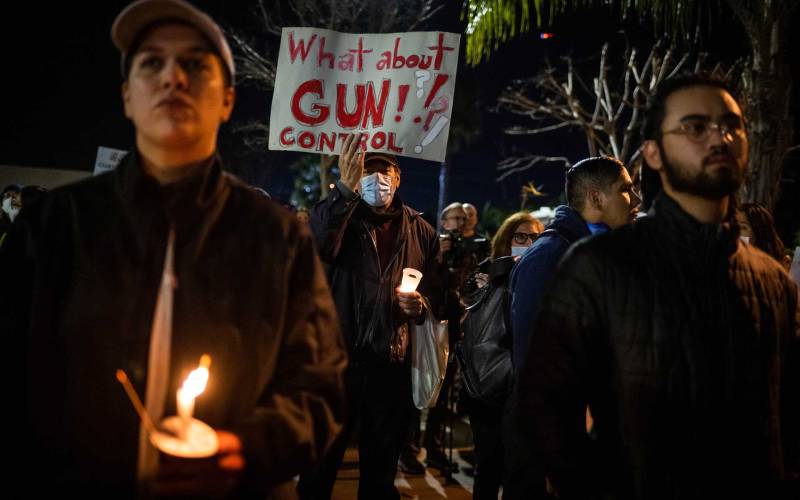As the nation continues to reckon with gun violence and how to prevent it, the 1993 testimony by Steve Sposato before the Senate Judiciary Committee rings ever true to this day.
“I don’t know how many of you have taken a trip to the coroner’s office to look at the most important person in your life with five bullets in their body,” he said, carrying his 10-month-old daughter on his back. “When they’re lying there lifeless, it’s pretty painful.”
Sposato had just lost his 30-year-old wife Jody Sposato in one of the deadliest mass shootings in Bay Area history. Thirty years ago on July 1, a gunman shot and killed eight people at a law firm on 101 California Street in San Francisco.
At the time, Sposato, now a longtime gun violence prevention advocate, urged Congress to ban semi-automatic assault weapons. This eventually became federal law until it expired in 2004. Since then — and several mass shootings later — congressional lawmakers have continued to debate the issue.
In addition to federal action, a group of lawyers mobilized in response to the 1993 shooting to bolster California’s gun laws — among the strictest in the country. Currently, the state has red flag laws (which allows someone to ask the court to remove a gun from someone likely to harm themselves or others), a ban on assault-style weapons and high-capacity magazines, and a mandate on background checks and waiting periods for firearm purchases.
